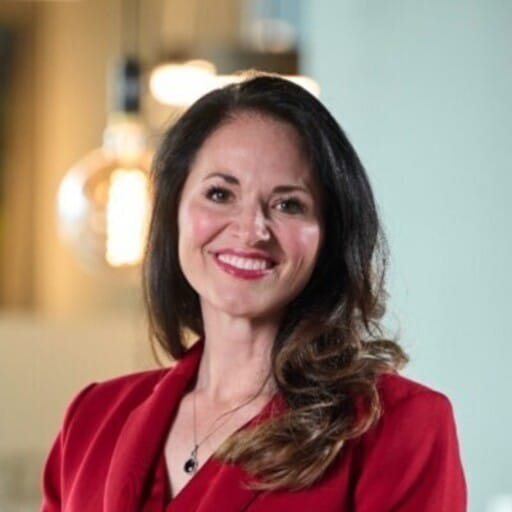RevOps leaders live in a constant tug-of-war between execution and strategy. One minute, you’re buried in data hygiene and territory adjustments; the next, you’re expected to drive high-level growth initiatives.
The day-to-day grind is relentless, but here’s the thing: if you spend all your time putting out fires, you’ll never build a fireproof system. Staying stuck in the weeds might keep the machine running, but it won’t make it better.
For Lonny Sternberg, a RevOps leader and an expert in go-to-market strategies, that’s the difference between working in the business and working on the business.
In this episode of Go To Market with Dr. Amy Cook, Lonny explains how RevOps’ true impact comes from stepping back and asking, Are we just maintaining, or are we building something better?
It’s not enough to manage processes; leaders need to shape them. That means refining GTM strategies, aligning cross-functional teams, and ensuring that every operational decision ladders up to long-term growth.
Lonny explains that the best RevOps leaders don’t just keep things moving—they transform the way the business operates and make space for both execution and innovation. While the block-and-tackle work is crucial, so is zooming out to design scalable, future-ready systems. At the end of the day, the real job of RevOps isn’t just solving today’s challenges—it’s building a framework that makes tomorrow’s success inevitable.
Read more: The Evolution of Revenue Operations
RevOps isn’t just about processes and data—it’s about people. It’s a community built on collaboration, knowledge-sharing, and a genuine desire to help others succeed. Every day, operators jump in to answer questions, share insights, and offer solutions, not because they have to, but because they want to. Want to move from maintenance mode to true business impact? This is the conversation you need to hear
Here are some highlights from that interview:
Amy: You’ve talked about the concept of working in the business versus on the business. RevOps leaders listening to this podcast know what that means and how important it is, but what does it mean to you?
Lonny: When you’re working within the company, there are a lot of different mandates and initiatives, both strategic and tactical, and all of them need to lead to impact. As a result, there’s a need to make sure that others, as well as yourself as a leader, understand that there must be a day to execute and manage enablement operations and processing. I call it the block and tackle, where the rubber meets the road.
Read more: Why Attribution is the Backbone of RevOps Success
But there also needs to be this concept and a mutual understanding that we’re not just processing and working IN the business. We’re really working ON the business to achieve the larger goals, the longer-term objectives.
Amy: I love how you used a pit crew as an analogy for tying together collaboration, differences between systems and technology, and contrasting working IN the business versus ON the business. How do you see yourself in this pit crew?
Lonny: I like to think of it as a hub-and-spoke model, which illustrates how parts of a department come together as the hub, but you have different specific roles, levels of expertise, and cross-functional collaboration that branch out as spokes. When other teams have questions, they can refer to those working in that area who carry expertise.
Click here for the full interview:




















